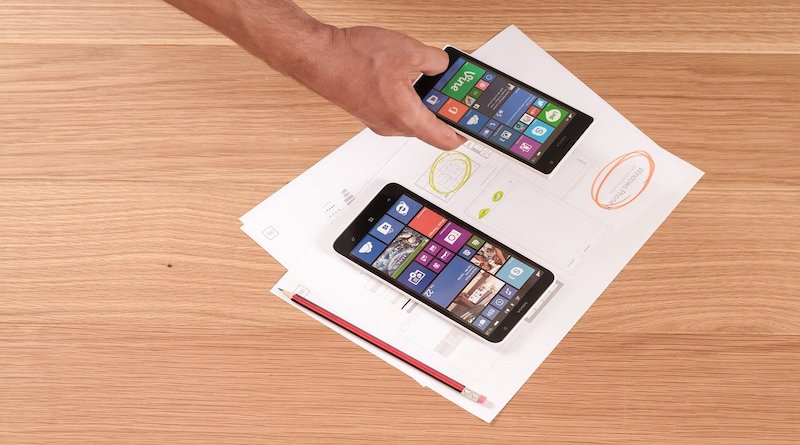How to measure the impact of UX design on business?
Table of Contents
How to measure UX design?
A lot to do with the emotional responses of customers, like brand sentiment or the level of customer satisfaction, and found the Kano model to be the best tool for the latter and tracking ROI in design can be daunting, and there’s a very good case against doing it at all.
For a decent deal, the effect of the design is regularly estimated in subjective metrics that have a ton to do with passionate reactions of clients, similar to mark slant or the degree of consumer loyalty. Following ROI in design can be overwhelming, and there’s an excellent argument against doing it by any stretch of the imagination.
Notwithstanding, there are some substantial metrics obliged explicit business objectives that can apply to design, to give some examples: expansion inefficiency and transformation, a decrease of expectations to learn and adapt, decline in dependence on help work areas or decrease in drop-off rates and more that can be determined utilizing extraordinary mini-computers.
The basics and bolts of UX design and UI design overall are very in-line or run into business strategies, as they include research on track crowd, getting more information with interviews, demonstrating thoughts, prototyping, and testing with genuine clients.
What are UX and UI?
It’s difficult to isolate the two and in case you’re new to the subject, UX is a person’s discernments and reactions that outcome from the utilization or expected utilization of a product, system, or services. The vital part here is that it’s not the creator’s viewpoint and it’s additionally not what persons say they need – reactions are not forever what’s expressed, that is the reason perception, testing and ideation are such enormous pieces of the UX cycle.
UI then again is short for UI and it’s essentially the essence of the person to make it simple, effective, and pleasant to work whether it’s a machine, programming, or whatever other product that delivers an ideal outcome.
What does Good UX actually mean?
Great UX is an acceptable design and as a rule, it’s tied in with seeing how people settle on decisions, and generally, you will not get that answer without peoples who will utilize your plan. Knowing some widespread standards of design like hick’s law, gestalt standards or the Doherty edge is useful, however, the truly significant part in great UX identifies with clients, comprehends what they’re attempting to do, works easily in the appropriate settings, expects activities and makes drawn-out positions magnificent, enabling clients in manners they didn’t believe were conceivable. The idea of “You press a catch and we wrap up” is the same old thing and is a statement from 1887 by George Eastman (Kodak), however, it clarifies great UX basically.
Why does UX matter?
Clients’ assumptions are rising, peoples expect people to encounter custom fitted to their particular necessities just as settings of utilization – UX is the field that gets that going and peoples are increasingly more acquainted with the way that machines or programming get things done for them and UX has increasingly more impact on how items are made and it ought to be a piece of the item methodology from thought initiation.
Keep in mind as given below:
• 70% of purchasing encounters depend on how clients feel/see they are being dealt with
• Fulfilled clients educate 4-5 peoples regarding their positive experience of collaboration with the provider, troubled – as much as 8-20 peoples.
• Rehash clients burn through 67% more in singular buys than new clients
Defining Success Metrics For UI/UX
A motivation behind why appreciates don’t see the value in UI/UX design is the absence of execution estimations and that is the reason it is fundamental to characterize quantifiable objectives and metrics for your UI/UX design projects.
Here are 5 scopes for you to look into:
Information Architecture
Designing client stream graphs requires a lot of consistent reasoning and more often than not there probably won’t be an absolute solution and get your clients to test a couple of diverse wireframes and analyze the outcomes. Metrics like undertaking finish rate, task time, and appraisals for usability can assist you with evaluating the outcomes and contrast them with making a prevalent design.
Usability
In any case, the craft of where to put what is difficult to dominate. Tragically, the intuition of creators and item supervisors isn’t generally exact.
Client acknowledgment testing can assist you with uncovering how practical and successful your designs are in our improvement interaction, we tried where to put catches, what the phrasing on the catch should say, and what symbols to utilize.
To give you a more unequivocal model, there was a region named Open Tickets and to check this duplicate was justifiable for clients we asked them. When most of the analyzers had the option to respond to the inquiry effectively, we affirmed the clients’ perception hole is ideal.
Visual Appearance
You can gauge and ascertain special visualizations dependent on the number of extra taps on promotions and expanded client commitment.
Expansion
One of your key objectives in the early design stages ought to be to enable the product design with the capacity to handily have future turns of events. You would then be able to assess the impending expense investment funds in not rolling out critical improvements after creation.
User Feedback
Regardless of whether you think you have fabricated an extraordinary product, it is, at last, the clients who will decide your prosperity. Try not to stand by until after product dispatch to begin assembling this important criticism and client criticism can help demonstrate if the design result is positive or negative.
It is likewise essential to gather input for the duration of the existence of the product. After you have dispatched your item or delivered the new highlights, keep on gathering input from clients and this is the most exact and people technique to gauge item execution.
